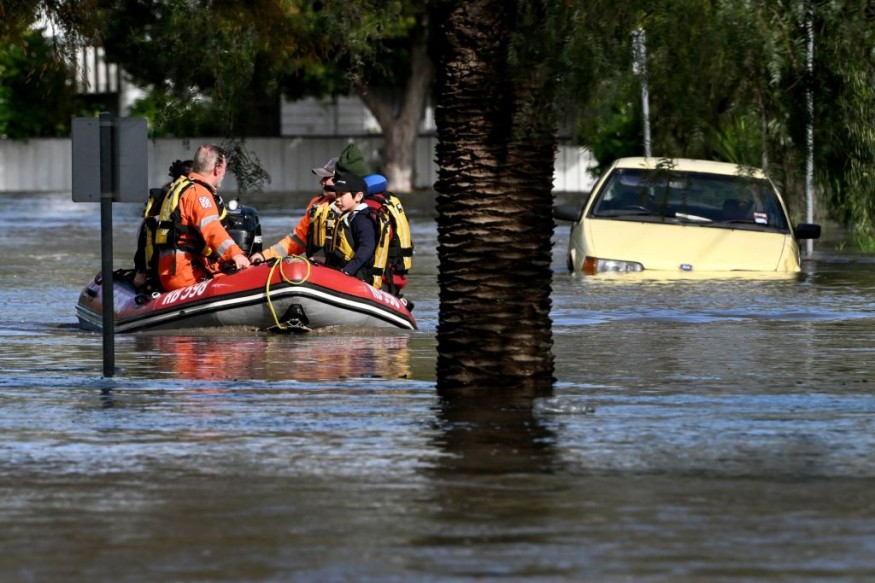Australia flooding has affected once again the southeastern part of the country, including the states of New South Wales, Victoria, and Tasmania. Widespread disruption and large-scale infrastructural damage were reported in recent hours, as raging floodwaters inland and from bodies of water ravaged communities across the region. The weather event led to forced evacuation orders and power outages.
In recent days, the Australian Government's Bureau of Meteorology (BoM) issued severe weather warnings of heavy downpours and flood threat for the said Australian states. The previous warnings emphasized that flash flooding is likely due to riverine flooding which pertains to the rise and overflow of water levels from rivers, lakes, and streams. Man-made dams are also included in this flood risk.
Australian meteorologists blame torrential rain for the flash flooding. However, experts also attribute climate change and the La Nina weather phenomenon to the renewed flooding in Southeast Australia. The phenomenon is known for increasing the frequency and intensity of heavy rainfall in the region, as well as influencing cyclones and causing cooler daytime temperatures.
Earlier this year, a similar La Nina-triggered weather event caused massive flooding in Queensland, New South Wales, and other parts of the country. The flooding in Eastern Australia was considered to be disastrous event as it submerged many communities and also staged an unprecedented evacuation of residents during the first quarter of 2022.
Australia Torrential Rain

Major flooding forced communities in New South Wales, Victoria, and Tasmania, as the Australia torrential rain soaked parts of the country and received four times their average rainfall for a typical month of October in just 24 hours as of Friday, October 14.
The inclement weather submerged at least 500 houses, with one person dead and another missing as the natural disaster develops. Floodwaters also overwhelmed roads and forced school closures. It also led to approximately 3,000 power outages affecting residential and business establishments.
Hard Hit Areas
The number of flooded homes will continue to grow amid the state's worst flood events in decades, according to Victoria Premier Daniel Andrews, as cited by the BBC. Victoria is Australia's worst hit state this week; wherein several communities, including some in the state capital city of Melbourne, were ordered to evacuate.
In Tasmania, severe rivers became flooded after up to 400 millimeters of rainfall occurred in some parts of the state in 24 hours. The number of affected homes and businesses in the area is not yet clear.
In New South Wales, local authorities told around 600 people to evacuate from the town of Forbes, where about 250 properties and businesses were expected to be submerged as well. One man died in the state earlier this week when he got stuck in his flooded car.
Australia Weather Forecast
Forecasters warn that flooding risks will remain high indefinitely as rivers swell and slowly recede. Meteorologists also states Australians should not be complacent amid the hazardous weather. AccuWeather.
The BoM at 2:00 p.m. AEDT (local time) on Friday said people and communities living on or near any creeks, rivers, and streams, as well as in low-lying areas are advised to monitor the local weather developments.
© 2025 NatureWorldNews.com All rights reserved. Do not reproduce without permission.





